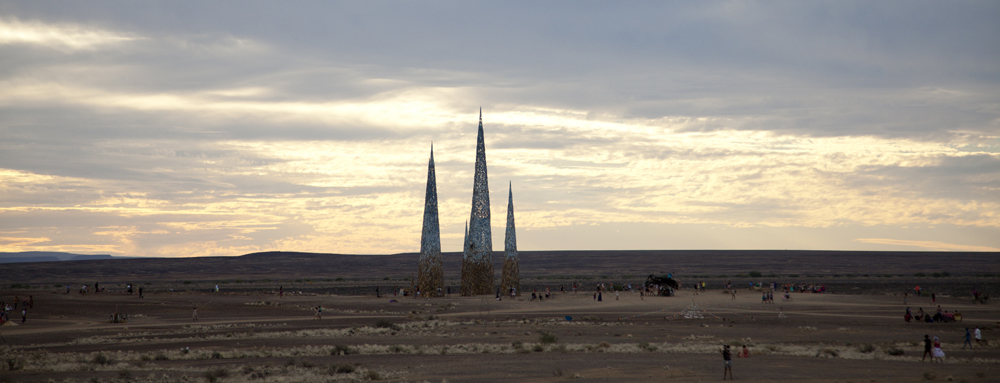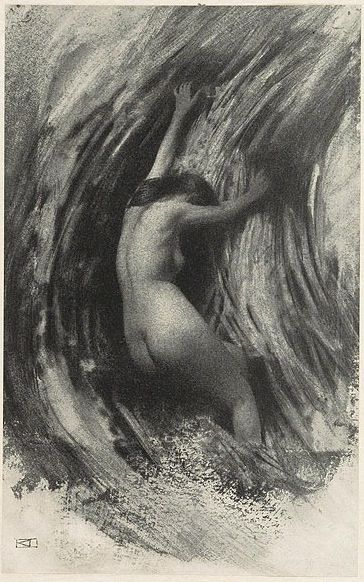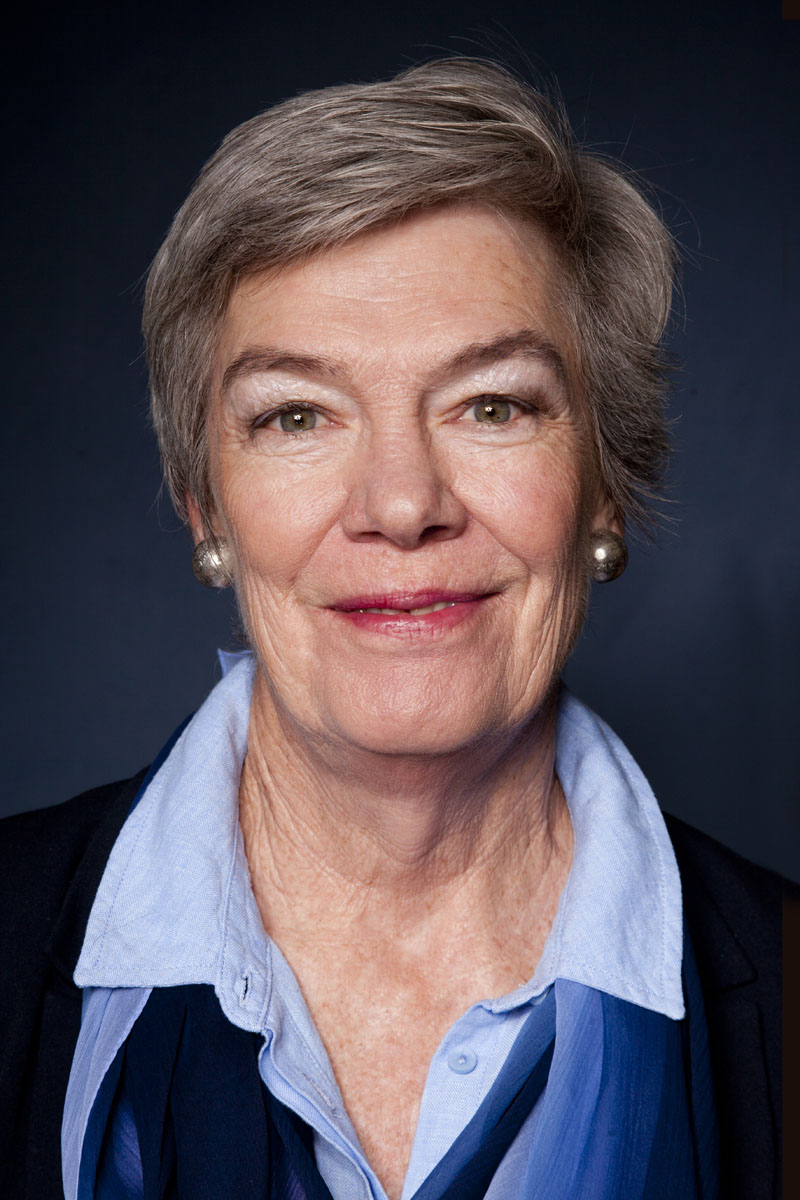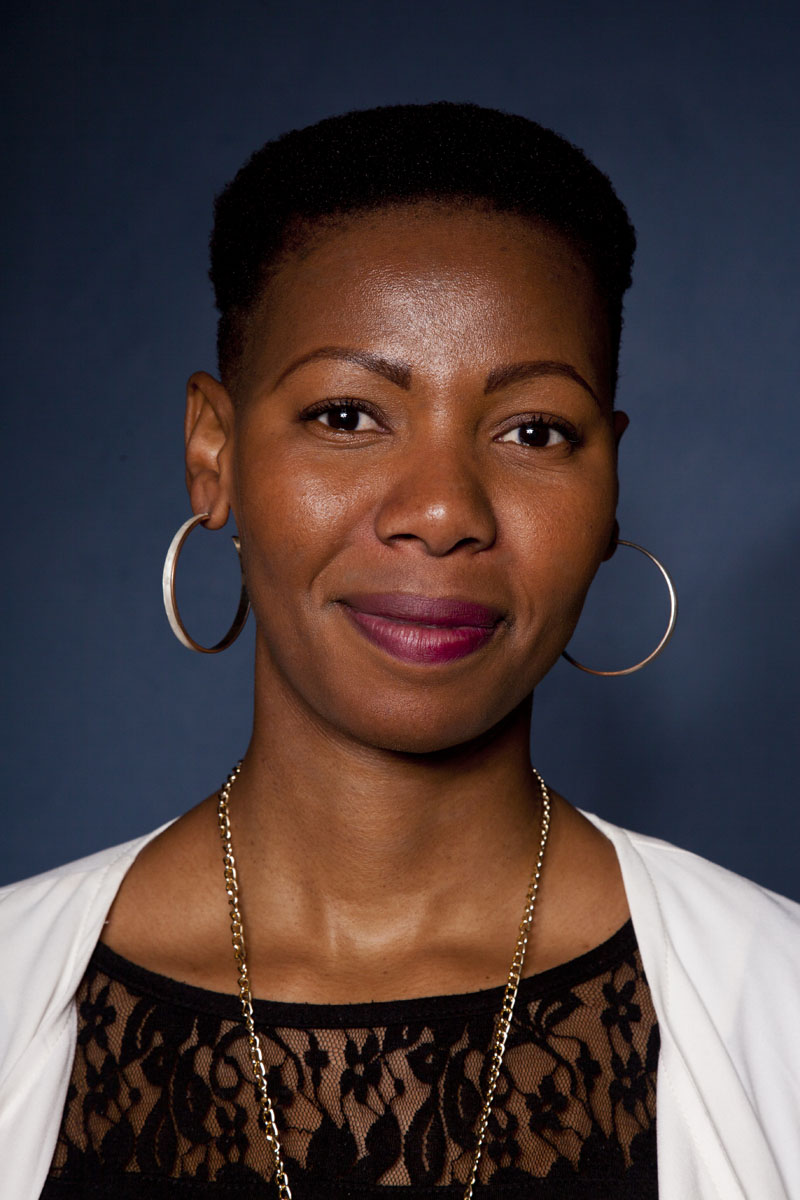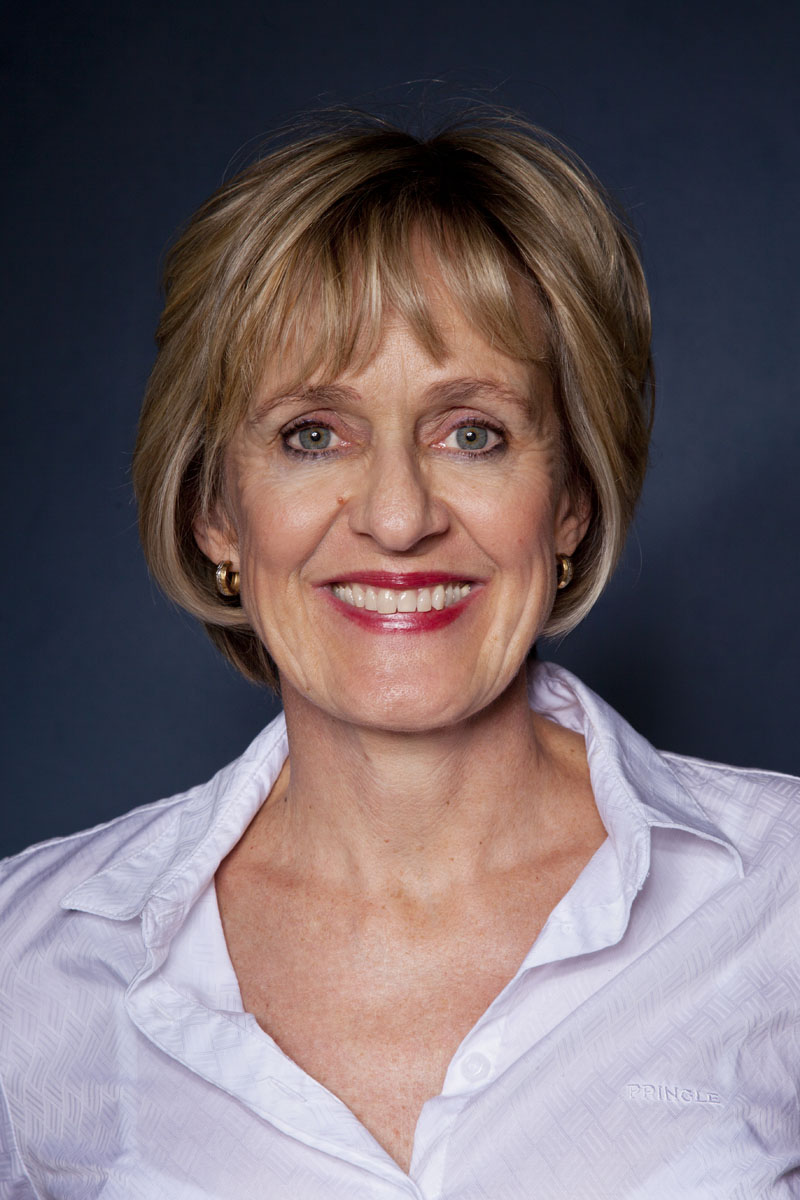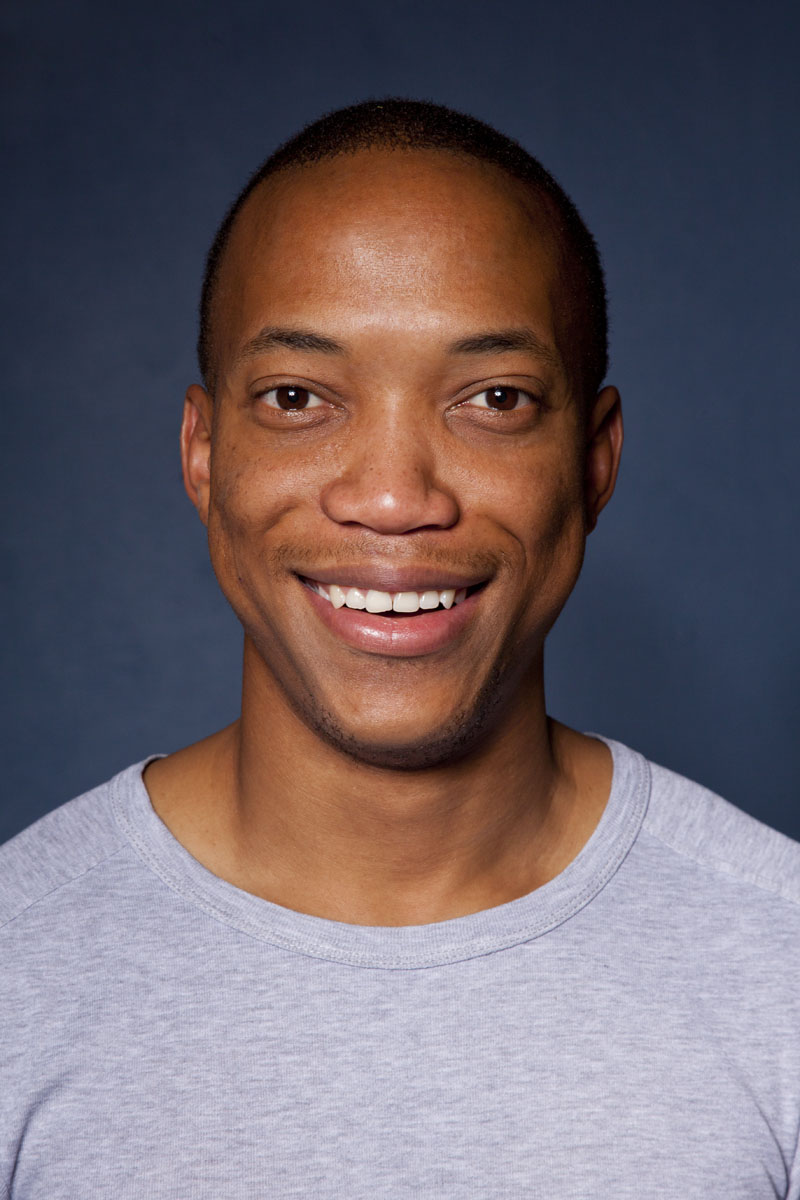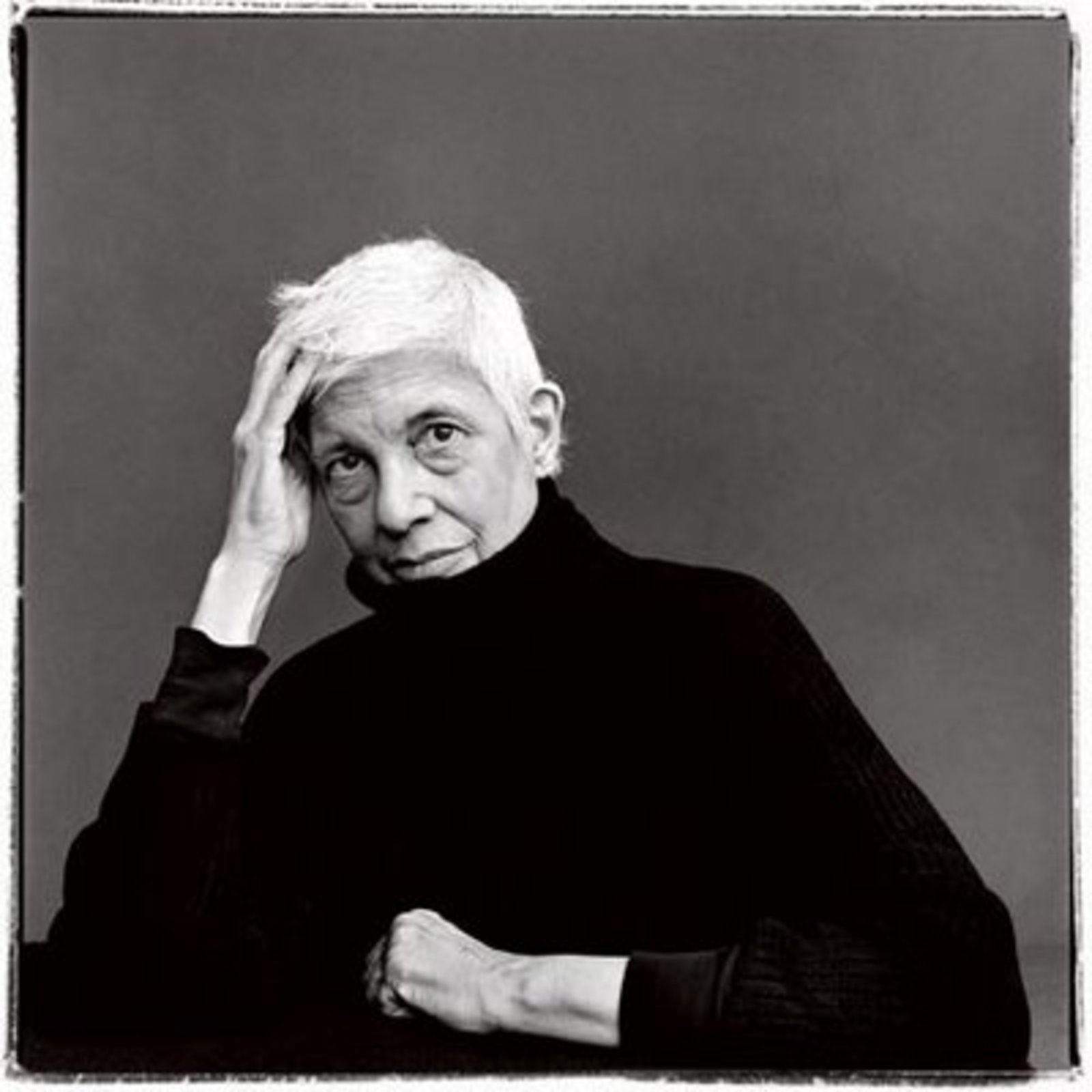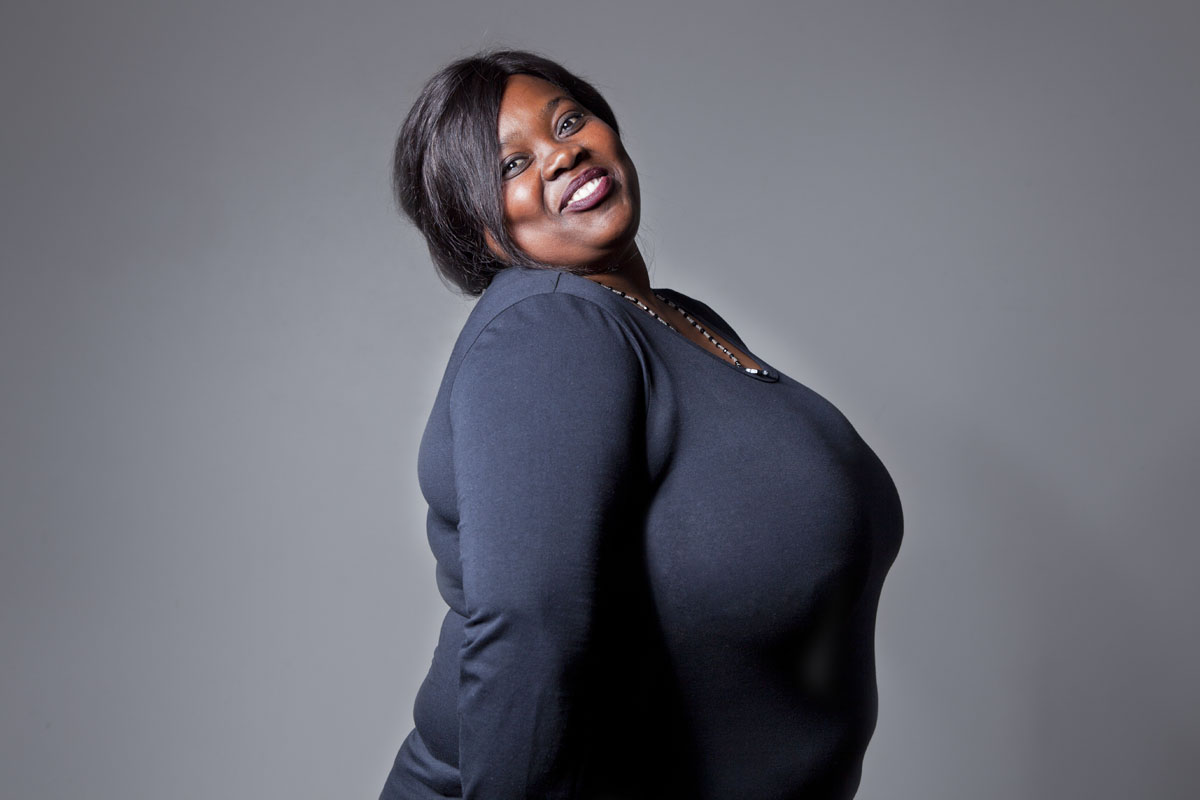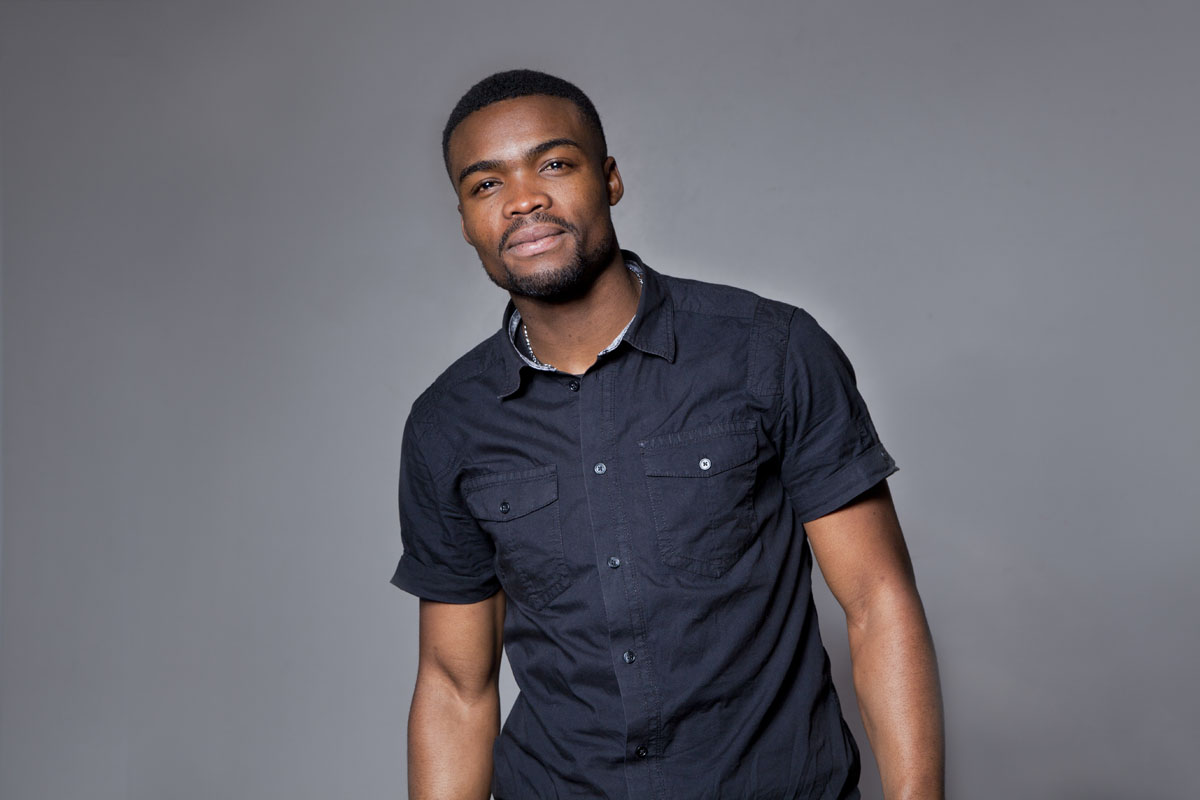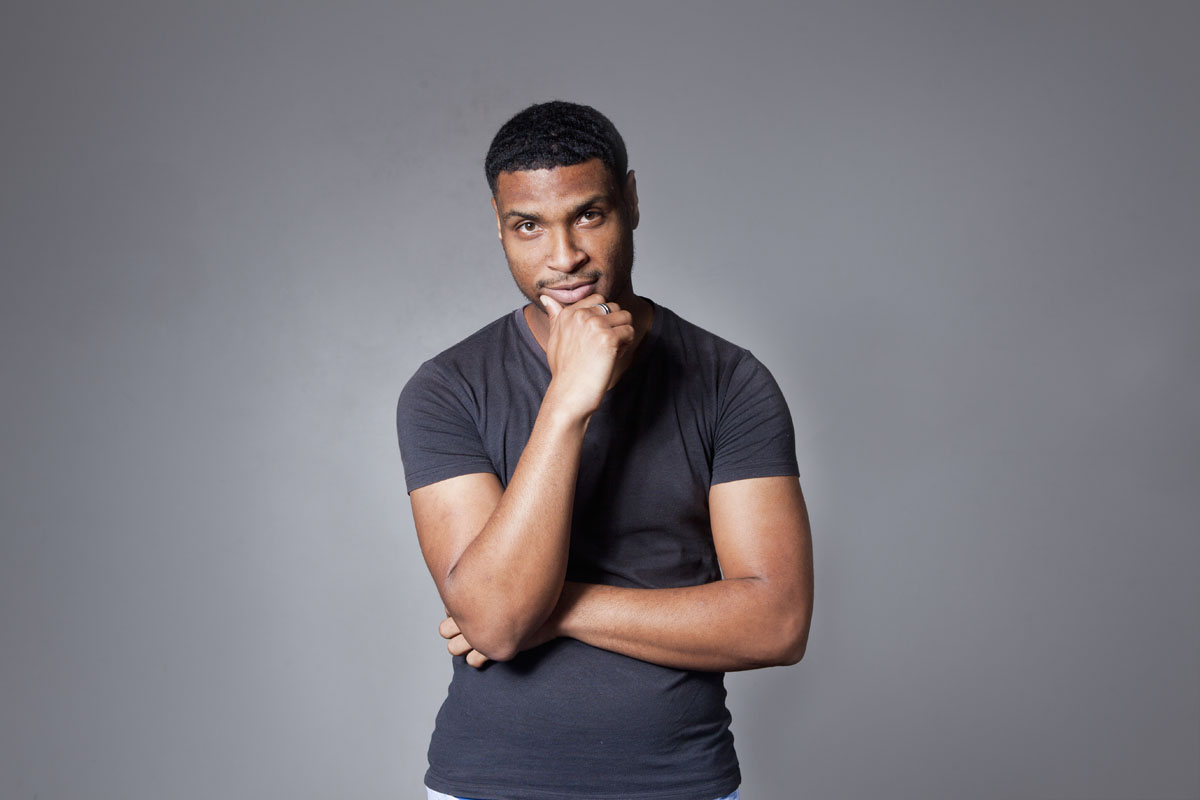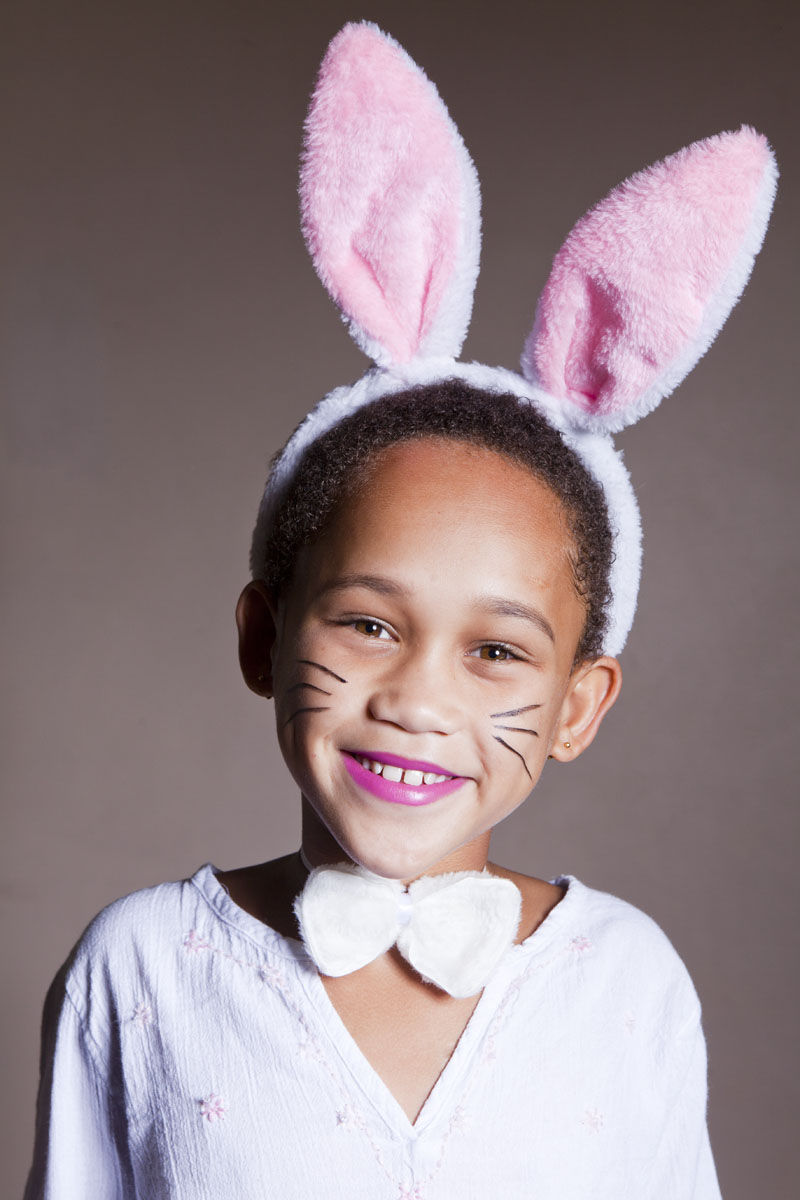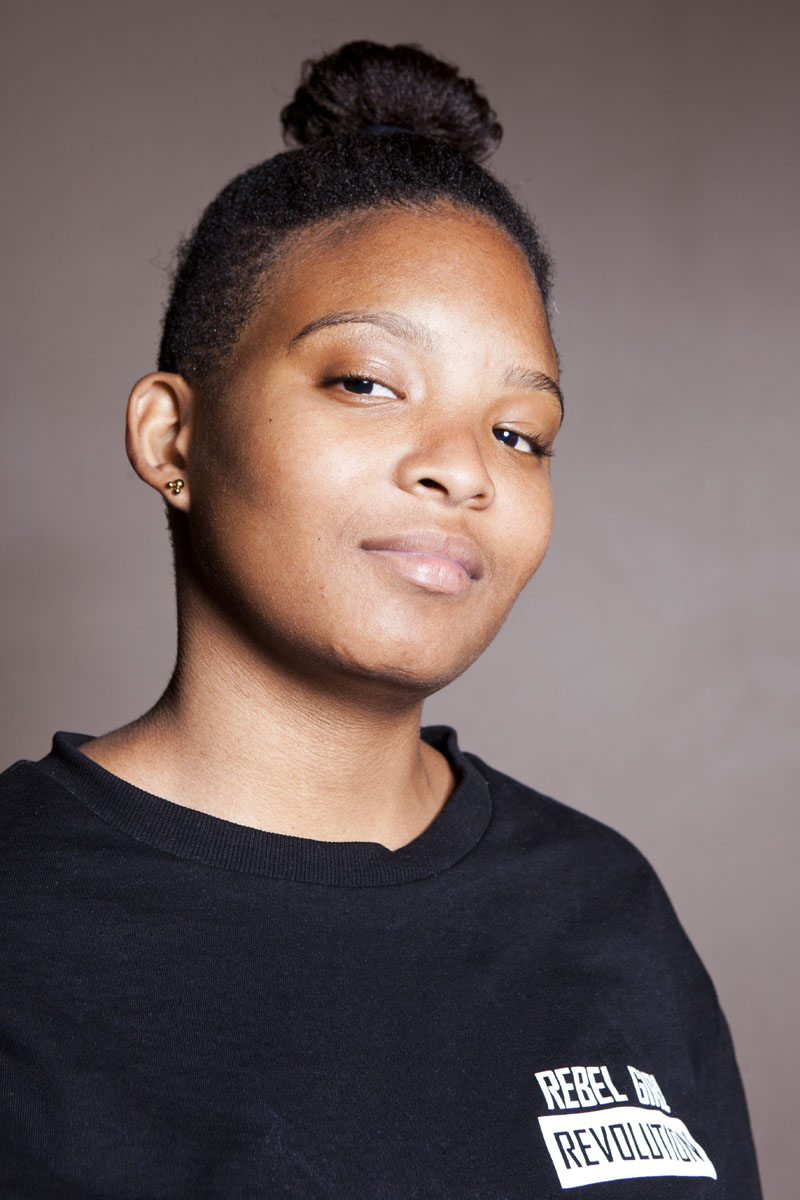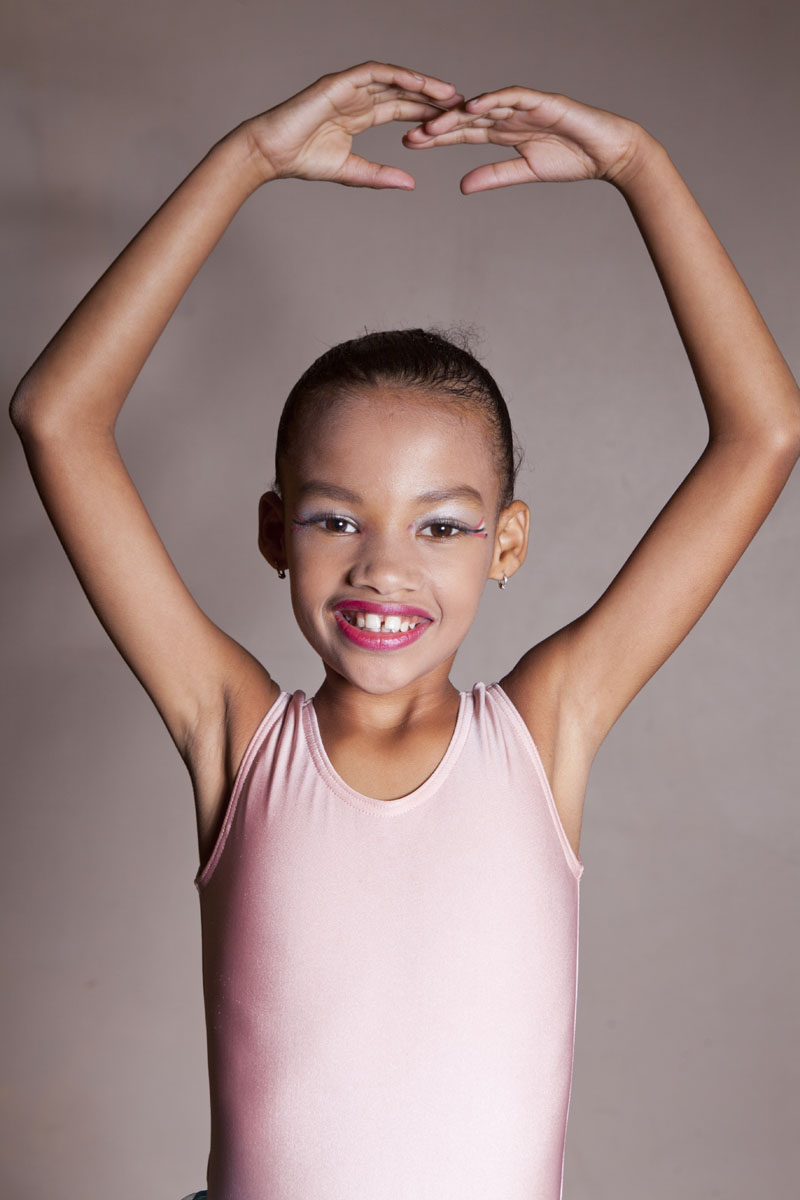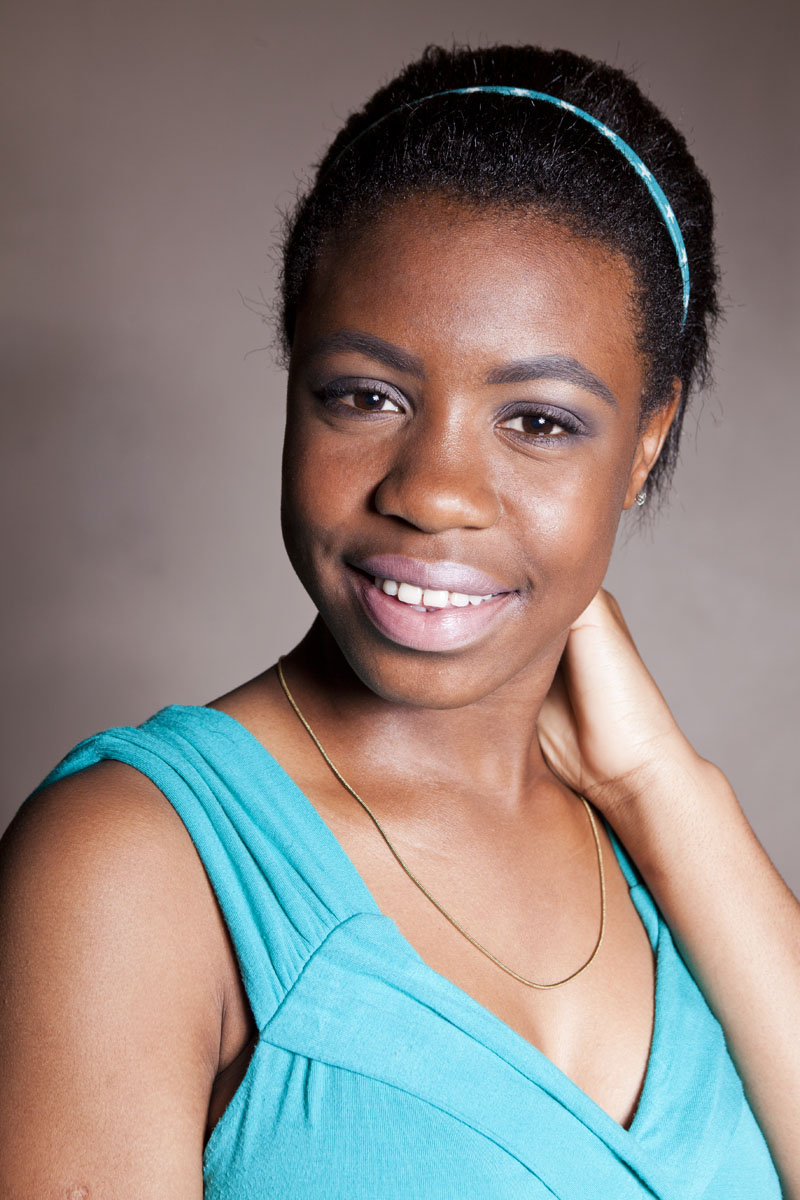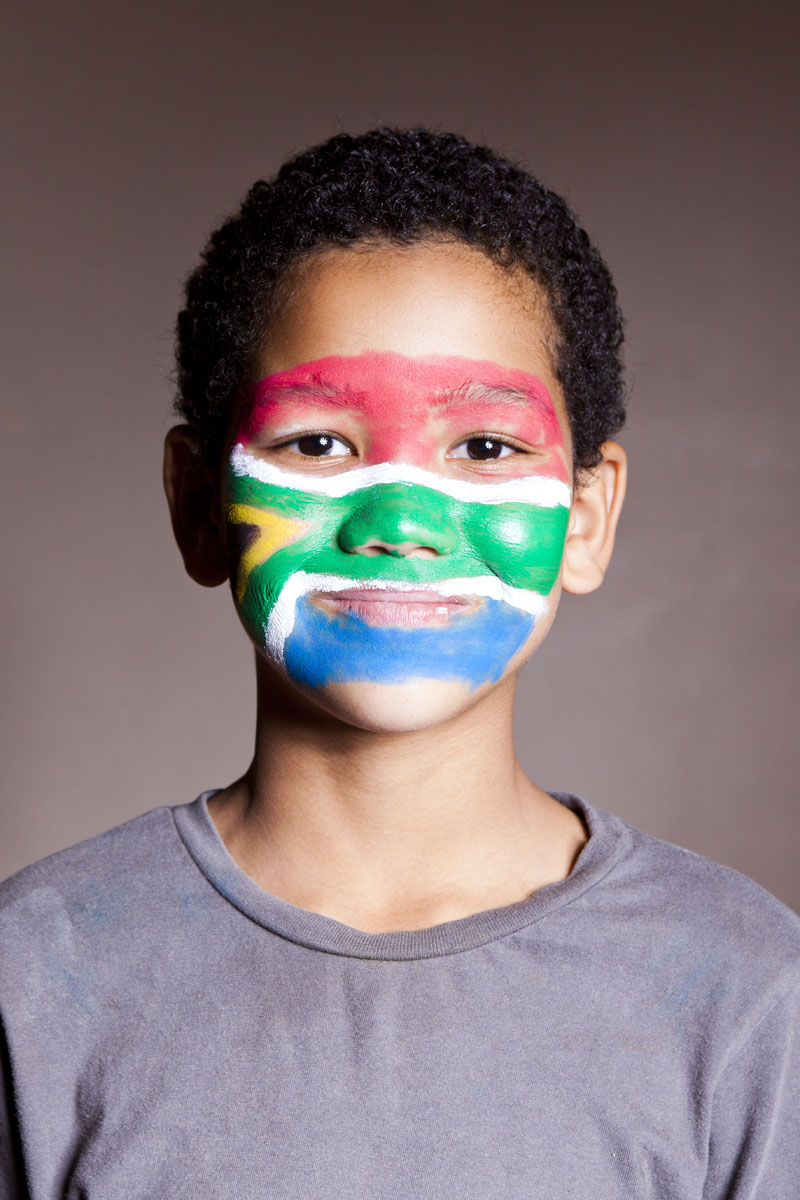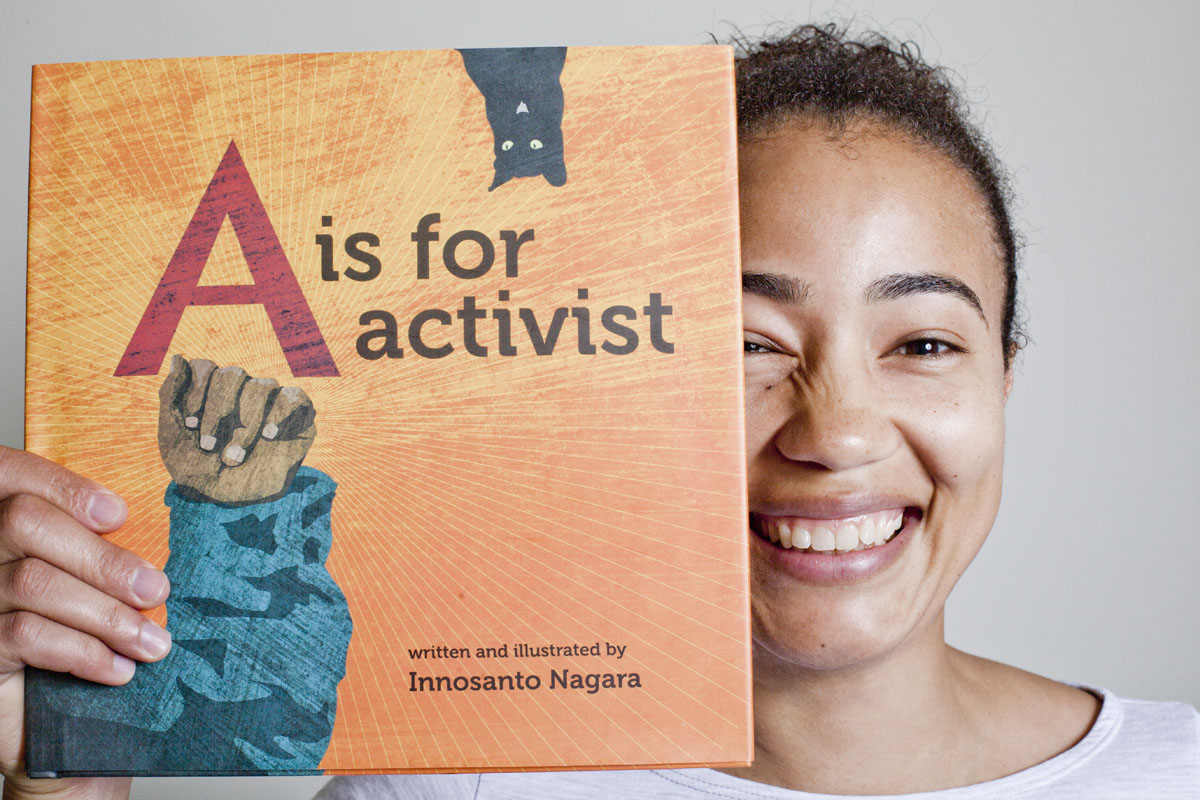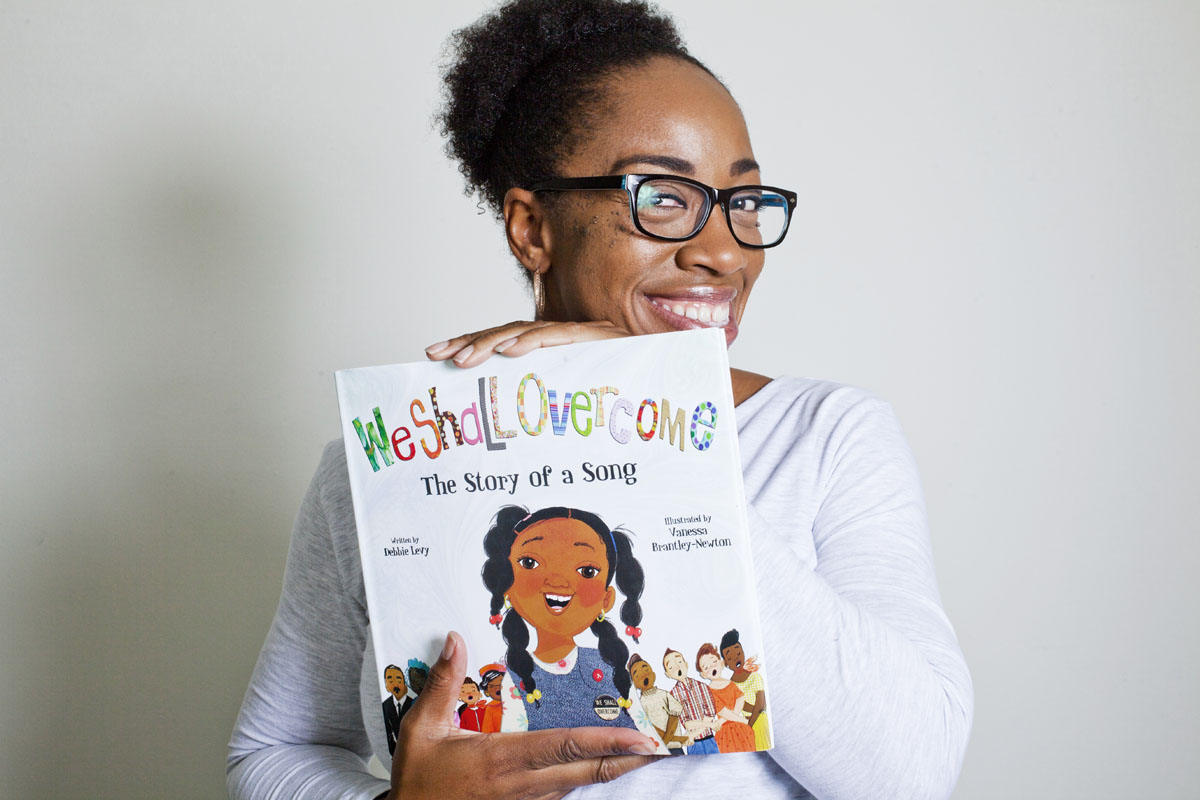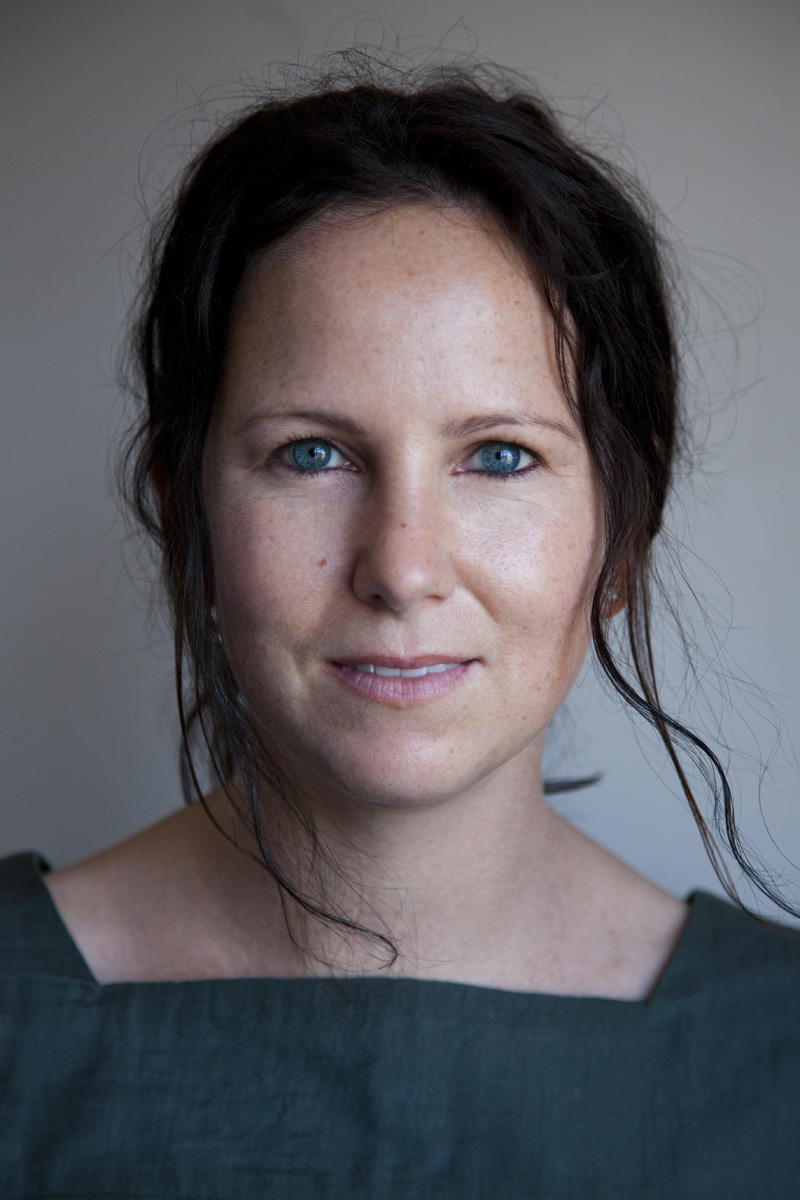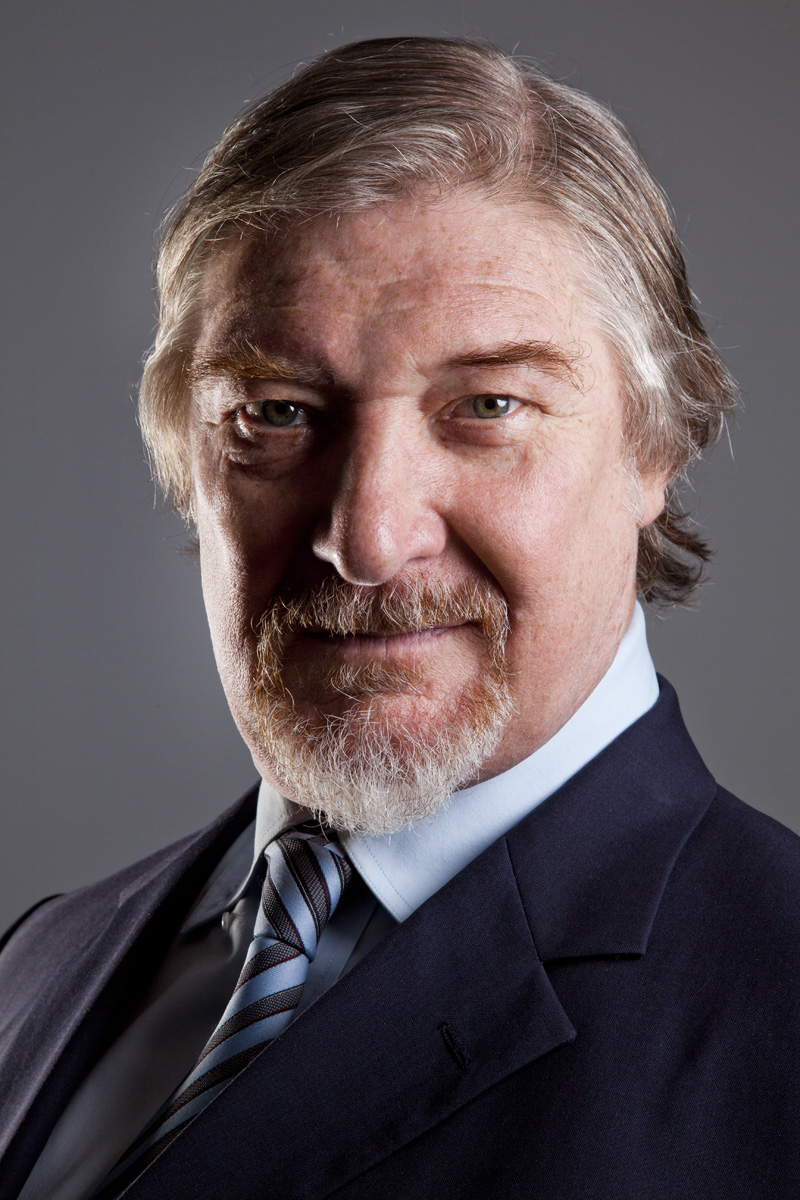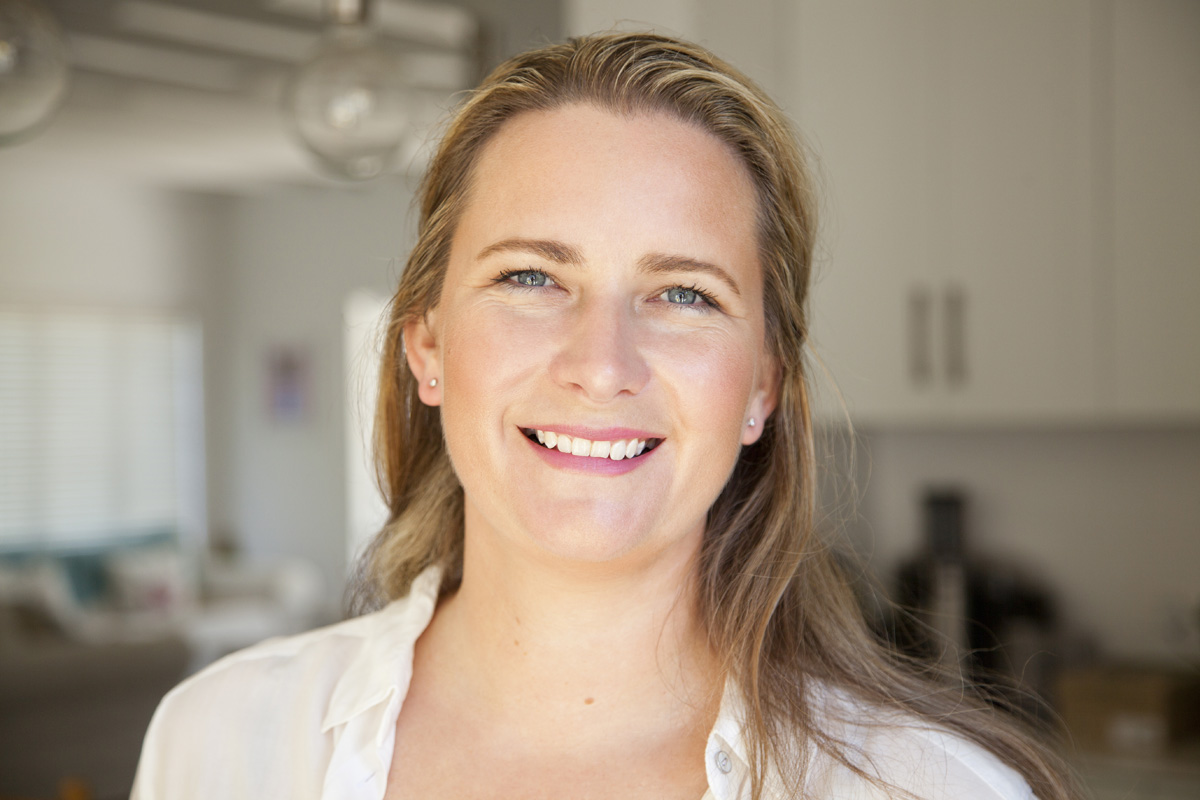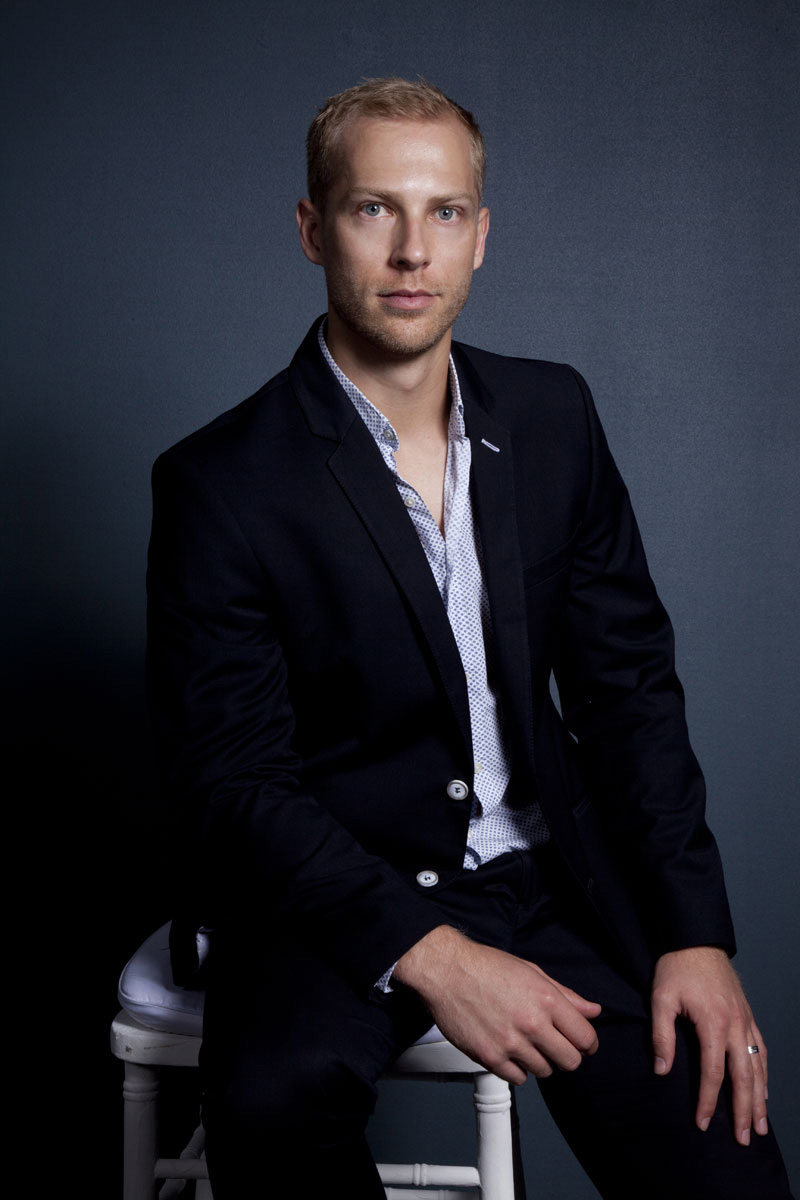Exploring Light
Photography is all about painting with light. It is using the way light gets absorbed, reflected and refracted to create an image. It is essential to understand what light actually does to give you the ability to capture an image using light. I’m going to take a couple of minutes to explain the basic facts about light and how it acts.
So we’ve established photography depends on light. Exactly the same way our sight depends on it. Why can we not see in the dark? There is no light from the sun reflecting from all the surfaces around us to be visible.
Think about how bright the world is at midday in summer. Think of how bright the colours are. This is all because of the light from the sun reflecting off the surfaces of the world around you. Now think what your room looks like at night. Maybe there is a bit of the moon light lighting the scene, but think of how difficult it is to see properly and how desaturated the colours are.
Visible Light
So what is visible light? I'm going to try and keep this simple: Visible light is what humans see and forms a very small part of the whole spectrum of electromagnetic waves, ranging from gamma rays to radio waves. The reason humans can only see visible light is because the chemical reaction in the carbon based chemistry of our cells, that allows us to see, only gets triggered by waves around this range. Any longer, it doesn't carry enough energy to trigger a reaction and any shorter, too much that can damage this chemistry, like sunburn from ultraviolet light.
Colour of Light
Light is a mixture of many different colours. If you look at the rainbow or maybe you saw how white light splits through a prism. This also has to do with the fact that they have different wave lengths and will bend in a slightly different way than the other colours. When light hits an object – say, a leaf – the object absorbs some of the light and reflects the rest of it. Which wavelengths are reflected or absorbed depends on the properties of the object. This light then travels in turn to the light sensitive retina in the eye where the message gets sent to the brain: green.
Reflections and Refractions
When a ray of light hits a surface one or more things can happen, it can reflect off the surface and travel in a different direction, it can pass through the medium and continue on a new straight path or it can be absorbed.
We've touched on visible light combining different wavelengths that bend in a slightly different ways to create different colours. Also how certain wavelengths get absorbed and some reflected when it hits and object. Now what happens when light passes through a substance, like water, or class, or the lens of your camera?
Refraction of light
Now take into consideration the angle that the light hits the medium; and if it moves from a denser medium to less or the other way around. You can see this when looking through a glass with water. The light will hit the glass and because it is a different density, will slow down and bend, again when it hits the water and again upon exit, distorting the image.
Now how does this effect your photography? Ok so you can take some interesting distorted portraits through a fish bowl, but the true reason is lenses. The reason why we are able to capture the quality of light we do now is because we use a piece of glass that will bend and concentrate light onto a surface for us to capture. Different combinations and shapes will bend light to our will. Simplest form is a magnifying glass, combine that idea and you have a telescope.
There are two main factors that that determine how much a lens bends the light. The reflective index(n) of a material is how much it slows down the beam. Air being n=1, water n=1.33, glass n=1.5 ect. Then the angle of incidence is the angle at which the light hits the medium, the greater the angle the more the bending. So if you combine these basic principles in convex and concave lenses you'll understand how your lenses have the ability to either magnify what you want to capture or allow you to capture more of a confined space. We’ll explore this is more depth when we talk about lenses.
Diffused light
So taking reflection and refraction into consideration what happens when sunlight travels through clouds? It will depend on the density of the clouds, but rays will be reflected and refracted through and away from the water particles in the clouds. This will lessen the light that reaches the surface but will also diffuse the light, making it less hard. This we call soft light. This can be replicated in a studio using soft boxes or outdoors in hard light using a diffuser. You will also see soft light in shaded areas or indoors where light spills into a room. Soft light can be more flattering to your subject when shooting portraits, but watch out that it doesn’t become flat or boring
Practical 1: Soft light and hard light
Find two images, one showing an example of hard light and one of soft light.
Practical 2: Shoot a portrait
Using the automatic setting on your camera or your smartphone, shoot two portraits of your friend, one in hard light and one in soft light.
Practical 3: Bending light
Photograph a scene through a glass of water. Notice how the light bends.
Brief History of Photography
Understanding Photography
To find the beginning of photography we have to look at what photography is. It is capturing light onto a durable 2 dimensional form, this can be on a copper plate or on a digital screen. Now we understand that light is reflected off surfaces and objects and captured by the rods and cones on the retina at the back of our eyes. In photography we capture the same light and make a permanent representation of this reflected light.
Philosophy
So if you look at photography as a science and an understanding of light you realize that it already started in the 5th-4th Century BC with the Greek and Chinese Philosophers when they started to describe the basic principles of light and optics. Founder of Mohism, Mo Zi contributed in basic concepts of linear optics, the straight line propagation of light and refraction of light, explaining the inverted image nature of an image in camera obscura. While Aristotle explained how a ray passing through a hole would project an image of whatever comes in it’s path on the opposite wall.
The Science
Then a basic understanding of the nature of light and optics developed with Leonardo Da Vinci discovering the use of lenses to create sharper images and Hans Lippershey that created the first telescope in 1608. The telescope might seem far removed but that is exactly what a camera is. It uses convex and concave lenses to bend and manipulate light to enhance clarity and visibility. Our modern understanding of light and colour started when Newton refracted a ray of light into a spectrum of light. Proving that white light is composed of different colours of light.
Capturing light Temporarily
In 1727, Johan Heinrich Schulze discovered that the darkening of various substances when mixed with silver nitrate is due to light and not heat as previously believed. He also used this phenomenon to temporarily capture shadows. He found a way to capture light but if wasn’t permanent. After him Thomas Wedgewood and Humphry Davy were able to beduse more substantial but still temporary shadow images on coated paper and leather around 1800.
Making it Permanent
In 1816 Nicephore Niepce was able to photograph camera images on paper coated with silver chloride, but was also unable to make it light fast and the image had to be exposed for 8 hours. It was only in 1835 that Willian Fenry Fox Talbot created the first successful camera photographs using paper sensitized with silver chloride. As he created a negative to reproduce, the exposure time was n hour or more to create a suitable negative.
Photography becomes public
After Sir John Herschel coined the term photography in 1839, the French Artist Louis Daguerre invented the ‘Daguerreotype’ process of photography. The Daguerreotype is the process of using a sheet of silver plated copper, exposed through a camera to light, resulting a latent image. This latent image will be made visible by fuming it with mercury vapor and removing it’s light sensitivity by a liquid chemical treatment. It was the first photographic process that was available publicly, needed less than 30 minutes exposure and most commonly used for nearly 20 years.
In 1841 Talbot introduced the calotype or talbotype to the public, which used paper instead of metal sheets, but it did not displace the daguerreotype. Although the Calotype was the first negative-positive process, giving you the possibility to reproduce the image, it created a less clear image than the daguerreotype. The use of paper as a negative was not ideal as the texture and fibres were visible on the prints made.
Speeding it up
Ten year later the invention of the Collodion process offered clearer images with 2-3 second exposures. This technique was invented by Englishman Frederick Scott Archer. A glass plate was coated with silver iodide and exposed in a camera while still wet. After which it was developed and fixed to create a clear detailed negative. These negatives still needed to be developed immediately as it became waterproof when dry.
And then there was Kodak
Richard Leach Maddox invented the gelatin dry plate silver bromide process in 1871, which allowed negatives not to be developed immediately. Before long the emulsion could be coated on celluloid roll film. This is where George Eastman invented flexible, paper-based photographic film in 1884, popularizing the use of film and making photography more mainstream. He was the founder of the Eastman Kodak Company. In 1888 he perfected the Kodak Black camera, the first camera to house a roll of film.
Cameras and Lenses
I would like to say that the camera doesn’t make the photographer, but an understanding of your equipment will give you the knowledge to capture what you envision.
Cameras
With technology advancing as much as it does at the moment we have so many different ways to take photographs. Let look at the 3 most common cameras.
The iPhone or smartphone is easily acceptable and will take decent images. The focal length of the lenses used are usually around 35mm with the new iPhones being released with dual lenses, which makes it’s ability to replicate selective focus much better. I will explain what that means in a second. Long story short, use your iPhone to capture what you see, do not be held back just because you do not have a professional camera. This is good for your own exploration when it comes to composition and light.
Point and Shoot Camera are small and compact and not as expensive as your professional cameras. These cameras have a fixed lens and will have optical zoom where the iPhone will only have digital zoom. To quickly explain the difference between optical zoom and digital zoom. Digital zoom does not change the focal length of the lens, it will only zoom into the image, while optical zoom will change the focal length and actually zoom into the scene. Same as with the iPhone, you will not be able to take professional images and get the same flexibility as with a SLR but you get cameras with good quality and they’re great to start training the eye.
The SLR camera is the professional cameras you see today. SLR stands for Single Lens Reflex, where the light that enters the lens will be reflected via a mirror through the viewfinder to the eye. When the shutter is released, the mirror will flip out of the way and the light can fall directly onto the sensor or film. These cameras can carry different lenses as required. The digital sensor is much bigger which will result in higher quality images.
Focal Length and lenses
Focal length is what you measure your lenses by and measured in mm. You would’ve heard of a 100mm lens of a 24-70mm lens. The number is actually the distance from where the rays of light converge to form a sharp image to the digital sensor. This is determined when the lens is focused at infinity.
So if you think in terms of a magnifying glass, the further you hold it from the object the greater the magnification will be. Thus you will find with a longer focal length, like a 200mm, you get higher magnification. These are the type of lenses you use for wild life photography, as you are not able to get very close to your subject. But as you get your subject closer, you will loose some of the rest of the scene, your field of view will become less. And vice versa, if you’re using a shorter lens, like a 35mm or less you will start including more of the scene in front of you. That’s why these wide-angles lenses are perfect for interiors and landscapes.
There are two things that you need to keep in consideration when choosing a telephoto lens and wide-angle lens. With a telephoto lens you will have much less depth, in your point of focus as well as in the scene. While with a wide-angle lens you will have more depth in focus but will start seeing distortion in your scene and subjects when moving too close. I will get back to this when we discuss depth of field.
Full Frame and Cropped Sensor
One important thing to take into consideration when choosing a lens is also your camera again. The more professional cameras have a larger sensor than the entry level ones. The full frame is the same size as a 35mm film so your focal length is measured to that. Think of how much of your image will be capture if you have the same light and the same lens on a smaller frame. Much less, so your lens will appear longer with a cropped sensor than will a full frame. So when you’re using a cropped sensor you have to calculate what your lens will translate to. With most cameras the crop factor is 1.5x so if you’re using a 50mm on a cropped sensor, it will translate to a 75mm.
Exposure
With the exposure of an image you are allowing the right amount of light through the lens, to be recorded on the sensor. This is like driving a car. First you need to understand the controls and how to use them, but with practice, and yes photography is all about practice, you will be able to get to the right exposure automatically.
To get an image at the right exposure is to make sure there is enough light allowed to give you enough detail in the darker areas as well as the lighter areas of the image. You’re also allowed to play around to create interesting images, by underexposing to just get s strip of highlight on a persons face, or to overexposed to create a bright white beach scene. To quickly explain, overexposure is to allow more light than needed to reach the sensor, this will give you bright, burnt out images while underexposing will allow too little light to reach the sensor and create dark, dramatic images.
You camera has a light meter built in that will give you an average reading of the available light so you can set your exposure accordingly. You have to understand that this is the average reading of the whole scene that you’re planning on capturing so take note of everything in your frame. If there is a bright sky behind your subject that is in the shade you might have to overexpose to make sure that you have enough light for the detail on you subjects face to show. And if you’re taking a photograph of the sunset you might want to underexpose to see the detail in the clouds in front of the bright sun.
So how do you get the perfect exposure? You have 3 variables that you combine to get to the expose you wish:
Shutter Speed
Your shutter is the panel in front of the sensor at the back of your camera that shields the camera from the light passing through the lens. It acts like your eye lid. When you release the shutter, the panel will open for a split second and allow the sensor to be exposed to the light. This light will be recorded and you have your picture. So the longer the shutter stays open the more light are allowed to fall onto the sensor, meaning you’ll use a lower shutter speed in darker environments than in brighter ones.
The time here is literally a part of a second. ½, ¼ , 1/16, 1/30, 1/60, 1/125, 1/250, 1/500, 1/1000. So if we’re working with time we understand that the scene may change while the shutter is open, for instance someone moving really fast, you’ll be able to see their movement at a slower shutter speed. So if you would like to capture movement, like a birds wing during flight you use a slower shutter speed, while if you would like to freeze an action, like a droplet of water falling into a pond, you use a much higher shutter speed. Also when shooting at a lower speed, like 1/60 and slower you have to take into consideration that you might be moving while you’re taking the shot. This is called camera shake. If you wish to avoid this, use a tripod or stabilize yourself by pressing against a wall or the camera by placing it on a desk or chair or rock.
Aperture
The aperture of your lens is like your iris of your eye. Opening and closing to allow more light and less light in to reach the retina. The aperture is controlled by blades in the lens and described or measured in terms of f-stops. Measuring from as big as 1.2 and as small 64.
f1.2; f1.4; f2.0; f2.8; f4; f8; f11; f16; f32; f64
Remember some camera’s will offer half stops as well.
f1,2 being the biggest or widest, allowing more light than f64. Each stop will down will half the light allowed through the lens while one stop on the shutter will do the same. So if you correct exposure was 1/60 @ f11, the same exposure will also be 1/125 @ f8.
So how does this influence the light falling onto your sensor. This will have an influence on the depth of your image. How much of your scene is in focus. So if you take a picture of a person in a forest. You can either photograph them only having them in focus and the forest out of focus or you can have both in focus.
This is called selective focus or depth of field. Selective focus is when you take a portrait of a person and only the eyes are in focus, drawing the attention to the eyes. Depth of field is where you allow the whole scene to be in focus
ISO
ISO is the sensitivity of the sensor. The higher the ISO the more sensitive the sensor would be and the less light you’ll need to have the right exposure. Your range is usually 100, 200, 400, 640, 800, 1600, 2500, 3200, and 6400. As you go up in ISO the noise in you image will start to increase. Noise is artifacts that will start to appear in your darker areas. It will look like messy pixels of different colours.
The better the camera, the less the noise will be, I would say a safe range would be maximum 800 ISO as most cameras will be able to handle that. Professional full frame camera’s will handle 3200 and 6400 easily.
Practical 4: Shutter Exercise
· Take one photograph with a long exposure to demonstrate movement. Try panning, where you follow the subject as they move to create a blurry background and a moving subject.
· Take one photograph where you freeze your subject in action.
Practical 5 : Aperture and Depth of field
Take 2 images of the same subject, one with selective focus and the other with depth of field.
Practical 6 : ISO and noise
Indoors, shoot a scene using two different ISO’s and compare the noise
Week One Homework:
· Photograph some action either by freezing the action or showing movement. Think kids playing soccer, a river, water from a tap, dog running…get creative.
· Take a portrait of a person in soft light.
· Explain in a paragraph each the 3 controls you use to create the correct exposure.
· Take a selfie using reflection
· Choose image from each practical exercise for discussing
o Portrait with soft light
o Portrait with hard light
o Bending light through water glass
o Capture movement
o Freeze action
o Selective Focus
o Depth of field

























